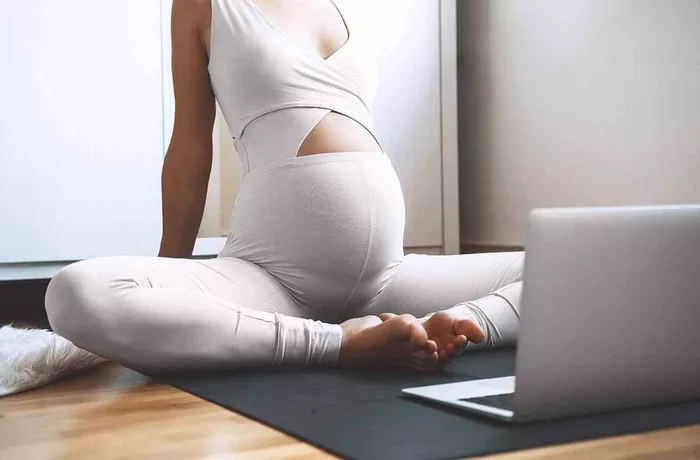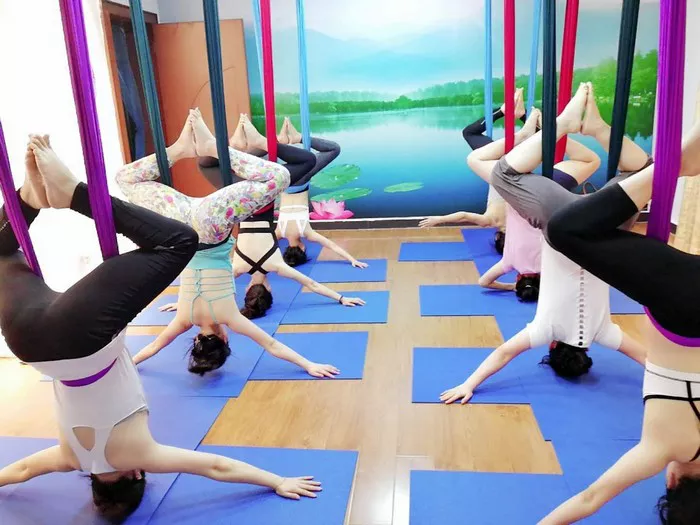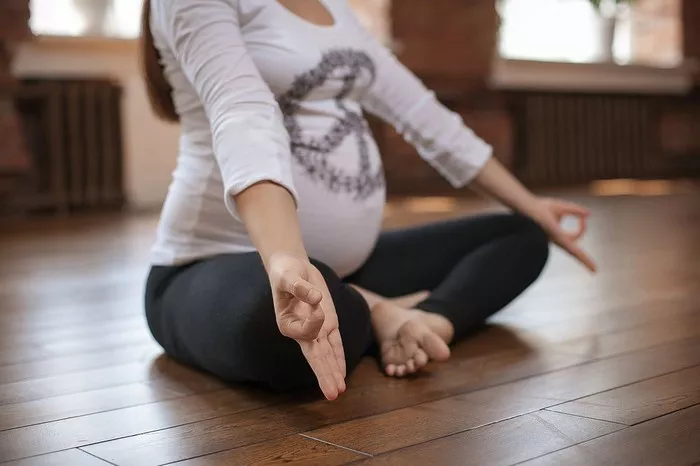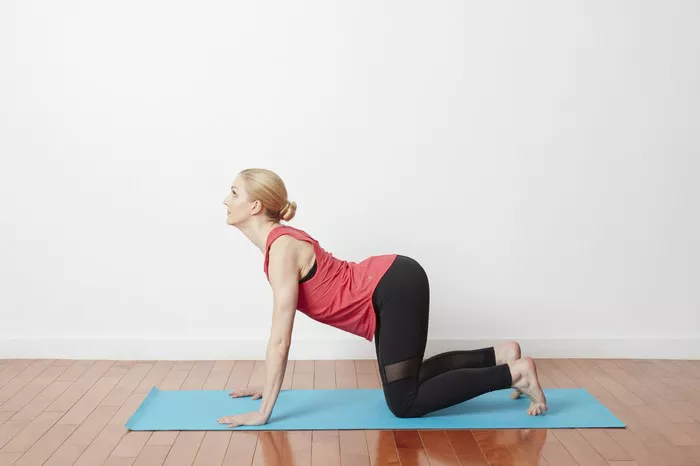As expectant mothers progress through their pregnancies, the need for physical activity and relaxation becomes increasingly important. Prenatal yoga offers a gentle yet effective way to stay active, relieve discomfort, and prepare both body and mind for childbirth. In the second trimester, when many women experience a surge in energy and decreased nausea, prenatal yoga can be particularly beneficial. This article will explore a variety of safe and beneficial prenatal yoga poses specifically tailored for the second trimester of pregnancy.
Before engaging in any exercise program, especially during pregnancy, it is essential to consult with a healthcare provider or a certified prenatal yoga instructor. Every pregnancy is unique, and modifications may be necessary to ensure safety and comfort. Additionally, it’s crucial to listen to your body and modify or skip poses as needed.
1. Mountain Pose (Tadasana)
Mountain Pose is a foundational posture in yoga, focusing on alignment, grounding, and mindful breathing. During the second trimester, as the belly grows and the center of gravity shifts, maintaining balance becomes increasingly important.
To practice Mountain Pose:
- Stand tall with your feet hip-width apart.
- Press evenly through all four corners of your feet.
- Engage your thigh muscles and gently tuck your tailbone.
- Roll your shoulders back and down, lengthening through the spine.
- Bring your palms together at your heart center or allow your arms to hang by your sides.
- Take slow, deep breaths, feeling rooted and grounded.
2. Cat-Cow Stretch (Marjaryasana-Bitilasana)
Cat-Cow Stretch is a gentle flow between two poses that helps to mobilize the spine, improve circulation, and alleviate tension in the back and hips—common areas of discomfort during pregnancy.
To practice Cat-Cow Stretch:
- Start on your hands and knees in a tabletop position, with your wrists directly under your shoulders and your knees under your hips.
- Inhale as you arch your back, dropping your belly towards the floor and lifting your gaze towards the ceiling (Cow Pose).
- Exhale as you round your spine, tucking your chin towards your chest and drawing your belly button towards your spine (Cat Pose).
- Continue flowing between Cat and Cow poses, syncing your movements with your breath.
3. Warrior II (Virabhadrasana II)
Warrior II is a powerful standing pose that strengthens the legs, opens the hips, and improves focus and concentration. During the second trimester, it can help build stamina and confidence in preparation for labor and delivery.
To practice Warrior II:
- Begin in a standing position, then step your feet wide apart, about 3-4 feet distance.
- Turn your right foot out 90 degrees and your left foot in slightly.
- Bend your right knee, stacking it directly over your right ankle.
- Extend your arms parallel to the floor, with your shoulders relaxed away from your ears.
- Gaze over your right fingertips, keeping your neck long.
- Hold the pose for several breaths, then repeat on the opposite side.
4. Wide-Legged Forward Bend (Prasarita Padottanasana)
Wide-Legged Forward Bend provides a deep stretch for the hamstrings, hips, and lower back while also calming the mind and relieving stress. It can help alleviate discomfort associated with pregnancy, such as lower back pain and sciatica.
To practice Wide-Legged Forward Bend:
- Stand with your feet wide apart, toes pointing forward.
- Engage your thigh muscles and lengthen your spine.
- Inhale as you lift your chest, then exhale as you hinge at the hips and fold forward, bringing your hands to the floor or resting them on a block for support.
- Keep a slight bend in your knees to avoid overstraining.
- Relax your neck and let your head hang heavy.
- Hold the pose for several breaths, then slowly rise back up to standing.
5. Triangle Pose (Trikonasana)
Triangle Pose is a classic yoga posture that stretches the hamstrings, hips, and side body while improving balance and stability. It can also help relieve backaches and sciatica, common discomforts during pregnancy.
To practice Triangle Pose:
- Begin in a wide-legged stance, with your feet about 3-4 feet apart.
- Turn your right foot out 90 degrees and your left foot in slightly.
- Extend your arms parallel to the floor, reaching actively in opposite directions.
- Shift your hips to the left as you reach your right hand down towards your right shin, ankle, or a block, while simultaneously lifting your left arm towards the ceiling.
- Keep your chest open and your gaze directed towards your left fingertips.
- Hold the pose for several breaths, then repeat on the opposite side.
6. Seated Forward Bend (Paschimottanasana)
Seated Forward Bend is a calming and grounding pose that stretches the spine, hamstrings, and lower back. It can also help relieve tension in the shoulders and neck, promoting relaxation and stress relief.
To practice Seated Forward Bend:
- Sit on the floor with your legs extended straight in front of you.
- Flex your feet towards you and engage your thigh muscles.
- Inhale to lengthen your spine, then exhale as you hinge at the hips and fold forward, reaching for your shins, ankles, or feet.
- Keep your spine long and your shoulders relaxed away from your ears.
- If it’s comfortable, you can use a strap around your feet to help deepen the stretch.
- Hold the pose for several breaths, then slowly release and come back to a seated position.
7. Supported Bridge Pose (Setu Bandhasana)
Supported Bridge Pose is a gentle backbend that helps alleviate lower back discomfort and fatigue while also opening the chest and shoulders. Using props for support can make this pose more accessible and comfortable during pregnancy.
To practice Supported Bridge Pose:
- Lie on your back with your knees bent and your feet hip-width apart, flat on the floor.
- Place a yoga block or bolster under your sacrum (the flat bone at the base of your spine).
- Press into your feet and lift your hips towards the ceiling, while keeping your shoulders grounded.
- You can stay here, or if it feels comfortable, you can interlace your fingers behind your back and extend your arms towards the floor.
- Hold the pose for several breaths, then slowly release and lower your hips back down to the floor.
Conclusion
Prenatal yoga offers a multitude of benefits for expectant mothers, including improved strength, flexibility, and relaxation. In the second trimester, when energy levels are typically higher and discomfort may be less pronounced, practicing yoga can be particularly beneficial. By incorporating safe and gentle yoga poses like Mountain Pose, Cat-Cow Stretch, Warrior II, Wide-Legged Forward Bend, Triangle Pose, Seated Forward Bend, and Supported Bridge Pose, pregnant women can stay active, alleviate discomfort, and prepare both body and mind for the journey of childbirth. Remember to always listen to your body, modify poses as needed, and consult with a healthcare provider or certified prenatal yoga instructor before beginning any new exercise routine during pregnancy. With mindfulness and care, prenatal yoga can be a valuable tool for promoting health and well-being throughout pregnancy and beyond.
























